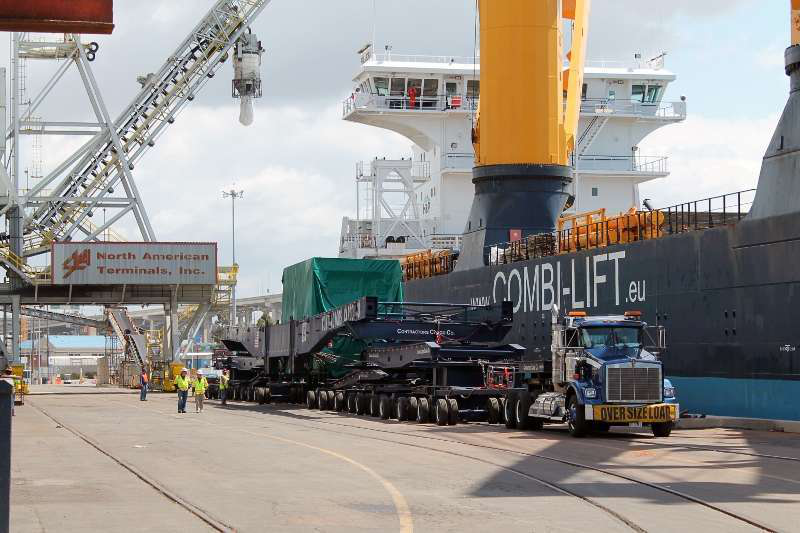-
What Is The Average Rate To Haul Heavy Equiptment카테고리 없음 2020. 1. 24. 01:19

Heavy Haul Rates Per Mile. Three Factors that Affect Heavy Haul Rates Per Mile You may have heavy equipment that you need shipped. But like most, you want to find a good rate because heavy haul rates per mile can become quite expensive, very quickly.
Job DescriptionHeavy equipment operators drive and control various type of heavy equipment vehicles required for public and private construction projects. In some cases, operators need to monitor and maintain the equipment they use.
- The rate per mile stays the same regardless if it is 300 miles or 3000 miles. Back then I was paying about.30 cents a mile for fuel, now it is running about.70 cents a mile. Back then a truck cost me about $100,000, now its about $150,000+. So now if I was still hauling heavy equipment my rate would probably be around $2 and up a mile.
- I hope your rate has changed in the last 22 years. I basically do it the same way. Bottom line is that is what the customer wants to know. I have heard numerous people say to make all the calculations for rate but if you are not competitive then you won't get jobs. I try to stay in the middle of rates here. Some I am higher and some lower.
In addition to handling machinery, operators often need to use GPS systems and to read or interpret excavation and grading plans. The most common equipment includes bulldozers, loaders and graders. However, builders also use specialized heavy equipment, such as pile drivers, that drive steel beams into the foundations for bridges and roads, or even for offshore drilling operations. Heavy equipment operators mainly work outdoors.
Their work shifts have varied hours, and often include night work. The number of accidents and injuries for these workers are higher than for most occupations. Education RequirementsGenerally, a high school diploma is the only requirement for heavy equipment operators. For better job opportunities, apprenticeships and vocational school courses are helpful. In addition, many operators learn through on-the job training by using light construction equipment, under the supervision of an experienced operator, then progressing to heavier equipment. All operators need a standard driver's license.

Although requirements vary, in some states, heavy equipment operators need to have a commercial driver's license. Several states require special licenses to operate specific equipment such as loaders and backhoes.
What Is The Average Rate To Haul Heavy Equiptment Rental

Pile driver operators need a crane operator's license in several states and some cities. The 2018 median heavy equipment operator salary is $62,667.
Half of all people doing this job earn less and half earn more than this amount. The top 10 percent earn $83,854 while the bottom 10 percent earn $47,080. IndustryHeavy equipment engineering jobs accounted for 371,000 of 426,600 positions in 2016. Paving and surfacing equipment operators held 51,900 jobs. The smallest segment, pile driver equipment operators, was only 3,700 workers. Civil engineering projects provided roughly 29 percent of all heavy equipment jobs. Another 28 percent of jobs were in specialty construction, and building construction provided only five percent.
Average Rate Definition
Years of ExperienceHeavy equipment operators have pay increases with experience during the first 10 years of employment, then it levels off. Generally, highly experienced operators become eligible for supervisory and management positions that can lead to pay increases. One salary projection shows this progression:. 1-2 years: $57,309-$62,059. 3-4 years: $59,014-$63,826. 5-6 years: $60,841-$66,309. 7-9 years: $61,815-$67,633.

10-14 years: $61,815-$67,633. 15-19 years: $61,815-$67,633. 20 or more years: $61,815-$67,633Job Growth TrendThe job outlook for heavy equipment operators is better than for most occupations, with an expected growth rate of 12 percent between 2016 and 2016. This growth rate should result in an additional 52,700 jobs by 2026. Increased spending on the country's infrastructure is the main driver of this growth.
Workers who live in larger cities and those who are skilled on multiple types of equipment will have better opportunities. The job growth rate for pile driver operators is better than the overall average at 15 percent.
